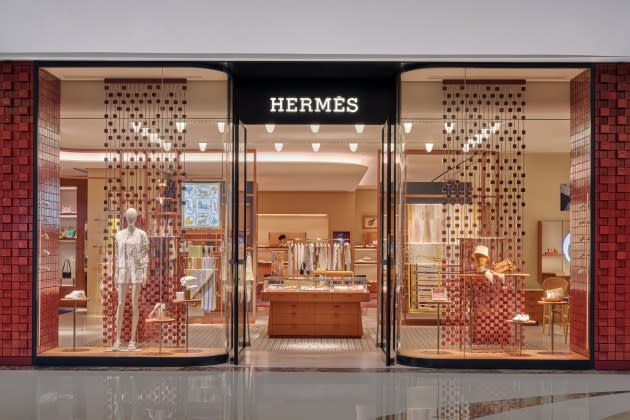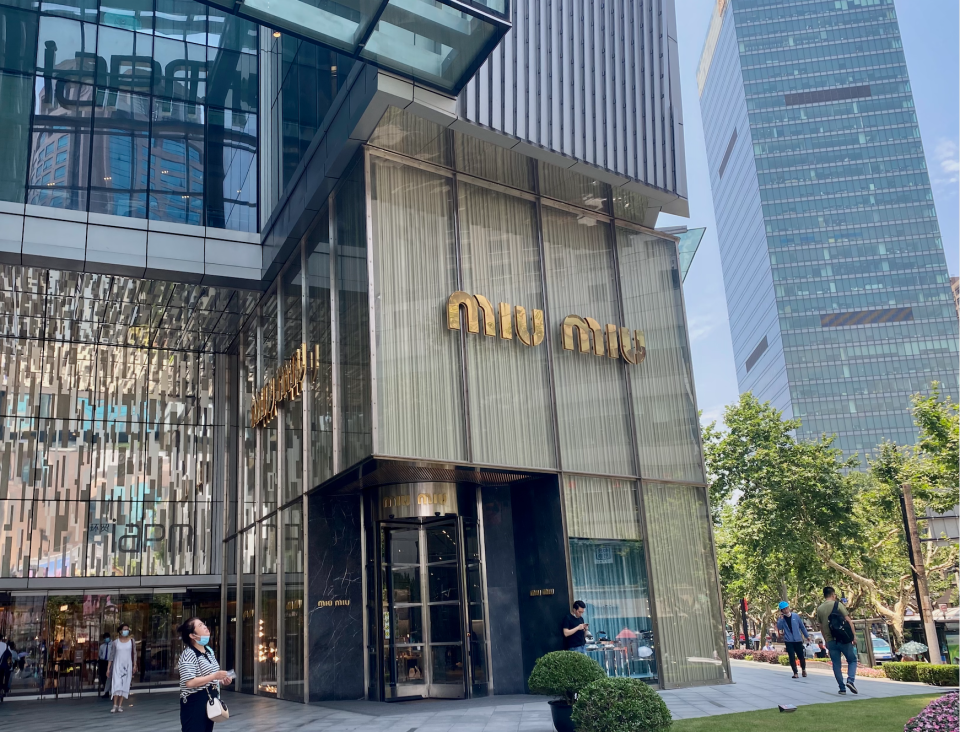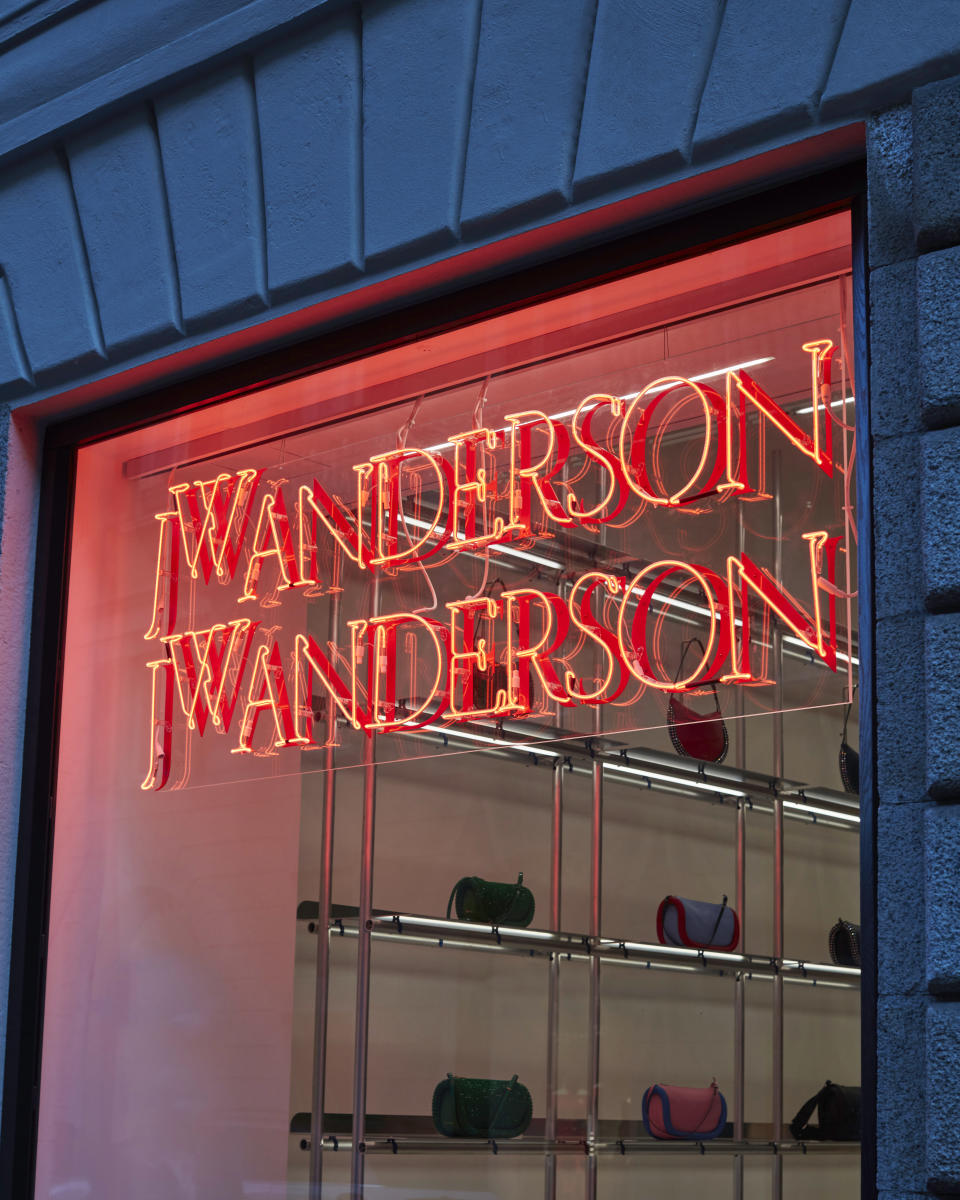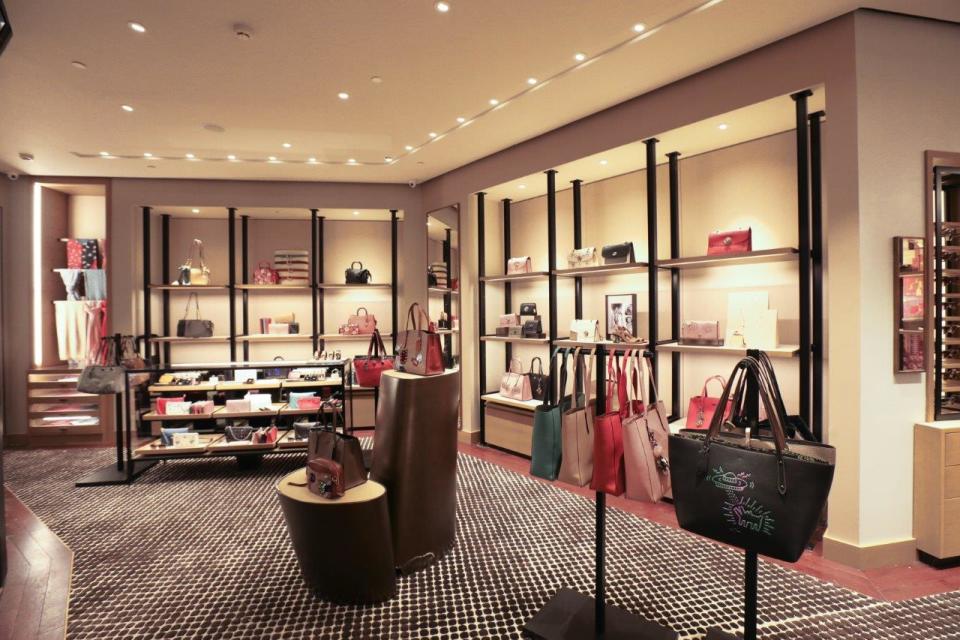China, India, Dubai Need More Luxury Stores, Says Savills in International Retail Report

LONDON — Luxury store openings slowed worldwide in 2023, but will pick up again in 2025 as more properties come onto the market and customers regain their appetite for spending, according to a report from the international estate agents Savills.
The report, which is set to be published this week, also suggested that brands should look beyond capital cities and leisure destinations, and consider opening stores in growing, affluent regions across China, India and Dubai.
More from WWD
Anthony Selwyn, cohead of Global Retail at Savills, said the opportunities are there for the taking.
“The global luxury landscape continues to widen and uncover exciting new possibilities, helping landlords create more opportunities for retailers, while also encouraging retailers to further embrace their customers,” he said.
The report suggested that it’s only a matter of time before retail openings pick up once again following a relatively fallow year in 2023.
According to Savills’ research, luxury store openings were down 13 percent year-over-year in 2023. A number of regions bucked the trend, however, as brands looked to cater to domestic audiences.
Savills said activity in the wider Asia-Pacific region picked up pace, with a 31 percent increase in openings year-over-year. The region accounted for 17 percent of the share of openings globally.
Although China accounted for 41 percent of all global openings last year, the pace of activity in the region slowed against a backdrop of weaker demand for luxury and a reduction in real estate opportunities.
There was a 12 percent decline in luxury openings year-over-year, albeit against strong comparatives in 2022.

Tokyo and Singapore contributed to 40 percent of the openings in the wider Asia-Pacific region, bolstered in part by improving tourist spend; the weaker yen; and a relaxation of visa restrictions for Mainland Chinese tourists.
Savills said North America also saw an uptick in store openings with New York notching the highest number in the region. Activity grew by 12 percent compared with the previous year.
Los Angeles came in second, followed by affluent cities and leisure resorts in and around places including Atlanta, Dallas, Chicago and Aspen.
Europe lagged, with openings down 17 percent year-over-year. Savills said the decline was not due to a reduced appetite for luxury real estate, but rather to limited availability across the Continent’s key luxury streets as a result of an 83 percent increase year-over-year in 2022.

Marie Hickey, director in Commercial Research, was keen to contextualize the slowdown in openings in 2023. She said in the immediate aftermath of the pandemic there was a huge increase in store expansion, particularly in China.
“Therefore it’s no surprise that we have seen this slowdown in recent years as markets normalize. Weaker consumer confidence and spend in China, along with availability constraints in prime luxury locations in Europe, North America and [the] Middle East means that we expect this slowing in new store activity will continue into the early part of 2025,” she said.
Hickey added there is still an appetite for luxury brands and groups to optimize their real estate portfolios, particularly in future growth markets in Asia and the Middle East.
“However, we believe the bigger groups with more mature store portfolios will be more selective when it comes to store expansion strategies,” she said.

Savills also took a look at future market size and wealth, relative to existing luxury brand presence, and identified cities that it believes are underserved by luxury brands.
The report said despite some of the short-term challenges facing luxury spend in China, a number of large cities still look compelling based on size and growing affluence. The Savills report called out Shenzhen, Hangzhou and Wuhan, “which look relatively underserved in terms of brand presence compared to Shanghai and Beijing.”
Savills noted that occupational costs in China’s second and third markets are lower, and offer brands a potentially faster return on investment.
Other markets ripe for store openings due to their size, growing affluence, and relative under representation of luxury brands include Mumbai, Delhi, Jakarta, Bangkok and Dubai, according to Savills.
Best of WWD

 Yahoo Finance
Yahoo Finance 